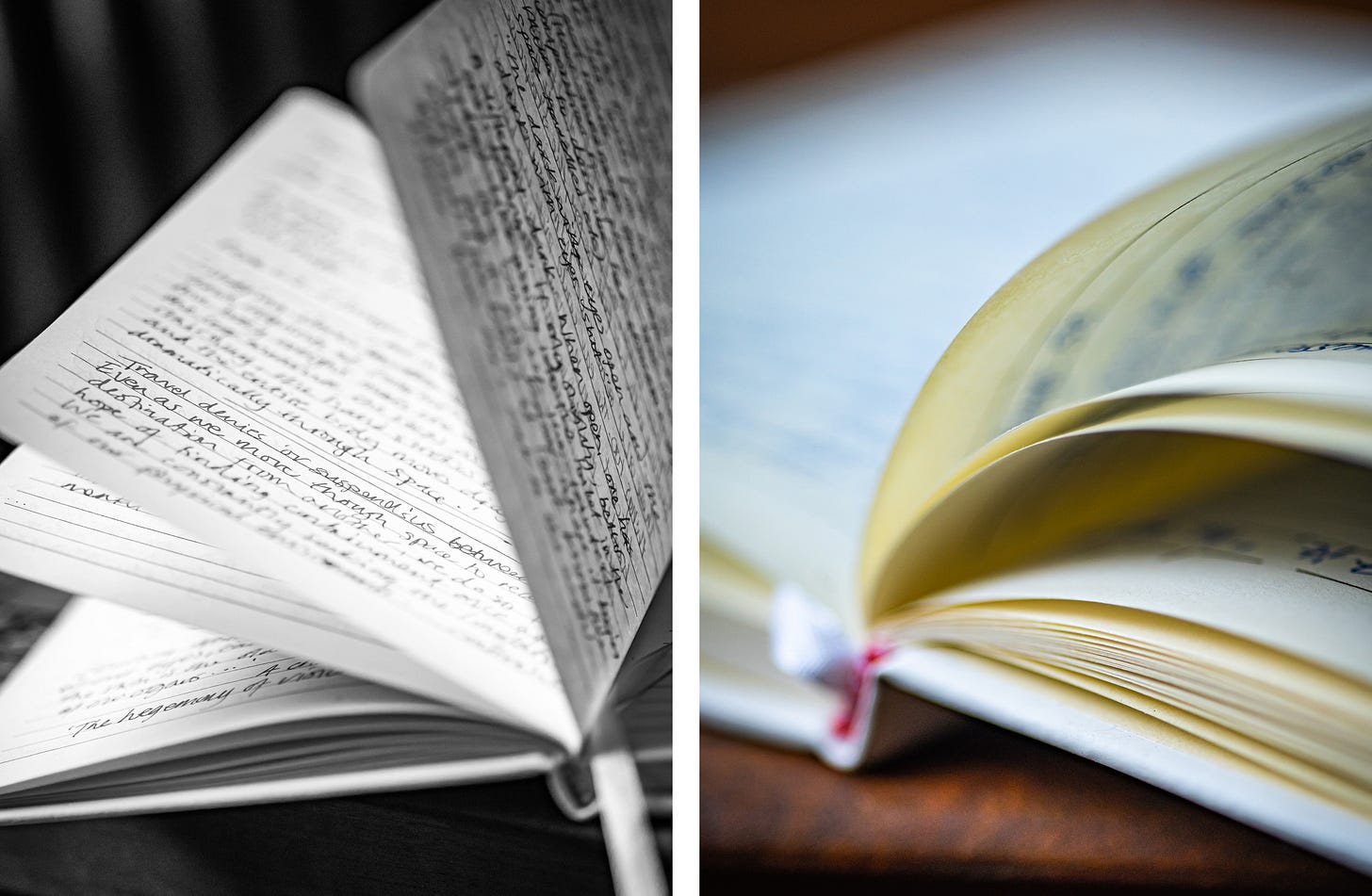There are two maxims about writing that have stuck with me for many years. The first is to write what you know. The second is to write what you would like to read. I don’t know whether both of these seem obvious or not, to either the writer or the reader. They weren’t always so obvious to me. Nor should an awareness of any seemingly self-evident truth in either of these statements be mistaken for making the job of the writer necessarily easier. Writing what I know is most often an interrogative process of removing that which isn’t needed. The criteria for this throwing away is to get rid not so much of that which isn’t interesting, but that which isn’t optimally effective. As for writing what you yourself would enjoy reading: this might also seem simple, but it is something that we can make incredibly difficult for ourselves. A plurality of likes and influences need not result in a range of different forms of writing. In the best writers, these inspirations are distilled into one consistent voice that knows form and shape, sound and rhythm, clarity and effect. That word ‘effect’ is important, because we should know what we are trying to do when we write. What is it that we wish to communicate? What do we want to make the reader feel? My old painting tutor once asked me why I paint. His was often a foreboding presence in a studio full of students prone to procrastination, pretentiousness and doubt. My answer was meek and insincere, something about creating, ‘art that someone like my mother […my mother, even back then…] could enjoy’. He cut me off and told me, ‘No. You paint for you. Paint because you need to paint and have something to say.’ I spent the next couple of years thinking over those words. And then the next three decades that followed. Write what you would like to read: is it a lack of humility for the writer to admit that the writing they most enjoy reading is their own? On the contrary, I think it would be dishonest of most of us to suggest otherwise. Didion once wrote, ‘I write entirely to find out what I'm thinking, what I'm looking at, what I see and what it means.’ I’d concur with all of that, and add that I write knowing that I will one day forget all of those things and so writing is an attempt to resist this process as forcefully as I possibly can. Writing operates between the old and the new, between what one has known, experienced and felt, and the experience, knowledge and feelings that one can shape in the reader. At its best, the words of the writer feel like the beats of life in another. At its best, the words of the writer unearth joy and pain in another. At its best, the words we read are immediately felt; are understood in an instant.
‘Friday Fragment’ is an additional weekly instalment to my A Thousand Fragments monthly newsletter. (For those who have been kind enough to support my writing with a donation or paid subscription, I have paused that process in lieu of several posts still to be published.)



These lines especially spoke to me this morning, Matt, "...we should know what we are trying to do when we write. What is it that we wish to communicate?" Do you ever begin writing NOT knowing the answers to these questions, and then find the answers as you near the end of the piece? I ask, because I often start with a compelling photo and write one or two sentences just to see where it wants to go. Sometimes I have no idea what wants to be communicated until I nearly finish. It is the old adage, "I don't know what I think until I see what I say." I wonder if others work this way.
And cooking what you would want to eat. Kinda similar Matt.